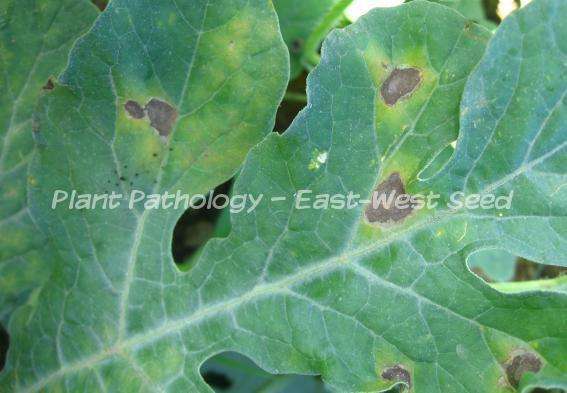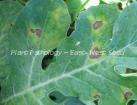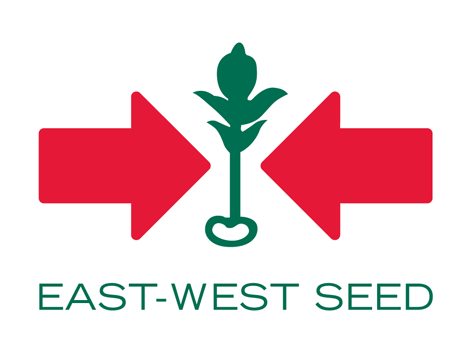Causal Agent:
Oomycete (Pseudoperonospora cubensis)
| Characteristic Symptoms: | |
 |
Initial symptoms are semi-angular to irregular pale yellow spots on the upper leaf surface, which later turn brown or necrotic. |
 |
Under high relative humidity and cool conditions particularly in the early morning, sporulation appears as a fine, grayish to black molds on the undersides of the leaves. |
| Conditions for Disease Development: | |
 |
The pathogen is an obligate parasite and infects only cucurbits. |
 |
The disease occurs in temperate and tropical areas with either high or low rainfall as long as sufficient leaf wetness periods are provided, usually by dew. |
 |
Sources of primary inoculum are airborne sporangia from either nearby or very distant infected cucurbits. |
 |
Sporangia are spread within the field by air currents, rain splashes or by contact with workers or tools. |
 |
High humidity (100% for 6h) with moderate temperatures (15-30°C) favours sporangia production. |
| Management and Control: | |
 |
Use resistant varieties, if available.
|
 |
Good field sanitation (i.e., remove and destroy infected leaves as early as symptoms are observed, remove weed hosts) can help reduce incidence and severity.
|
 |
Provide good air circulation (avoid dense canopy) to reduce long periods of leaf wetness. |
 |
Avoid staggered planting. |
 |
Spray with chemical fungicides like mancozeb (e.g. Attain M-80Ⓡ, Achem Mancozeb 80 WPⓇ, Micron 80 WOⓇ, VanzebⓇ), metalaxyl+mancozeb (e.g. Ridomil Gold MZ 68 WGⓇ, Apron XL 350 ESⓇ), Pyraclostrobin (e.g. Cabrio 25 ECⓇ), or fosetyl aluminum (e.g. AlietteⓇ). |
| References: | |
| Compendium of Cucurbit Diseases (1996) by the American Phytopathological Society | |
To view other diseases, click here.
Need more help? Ask the Doctor.






